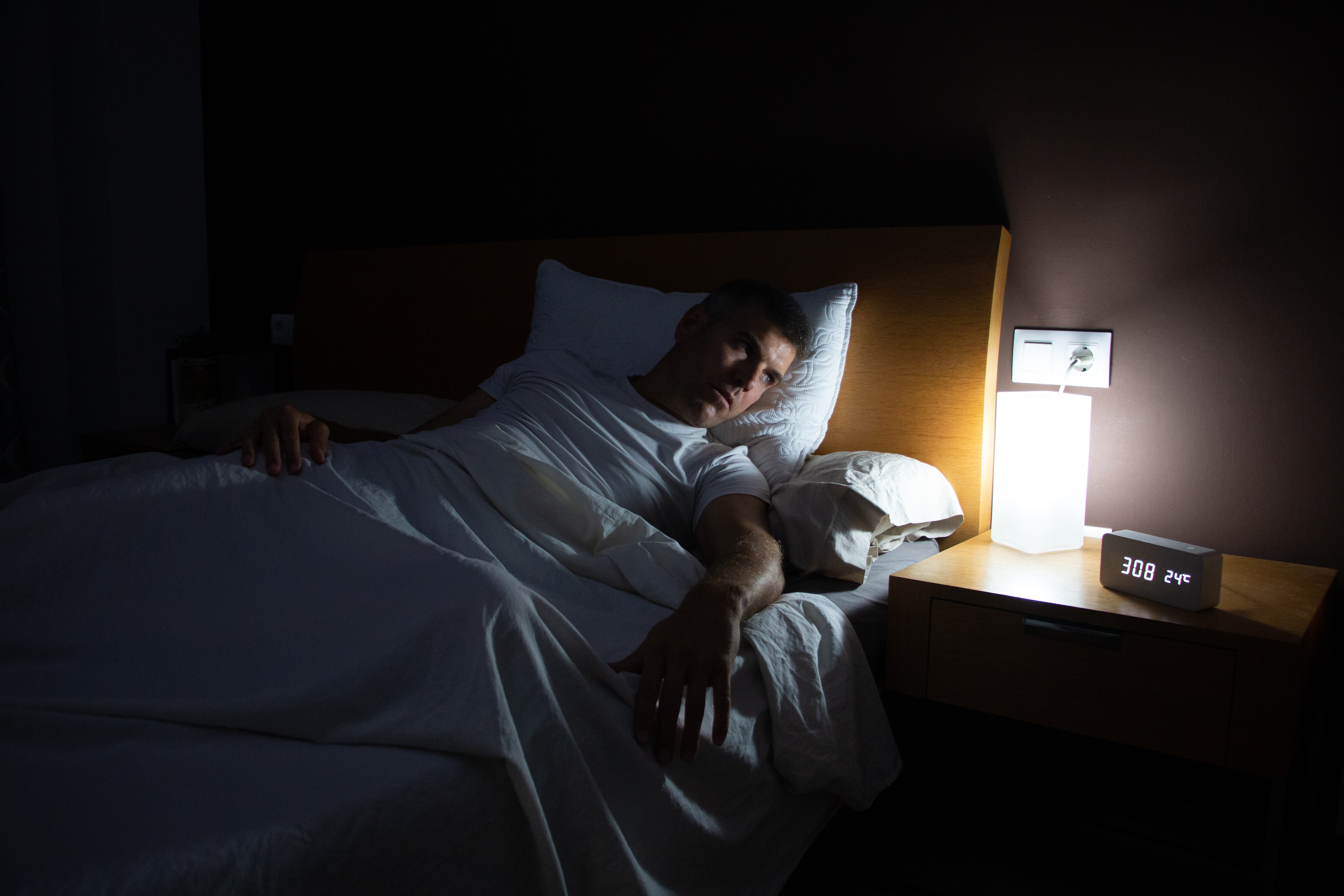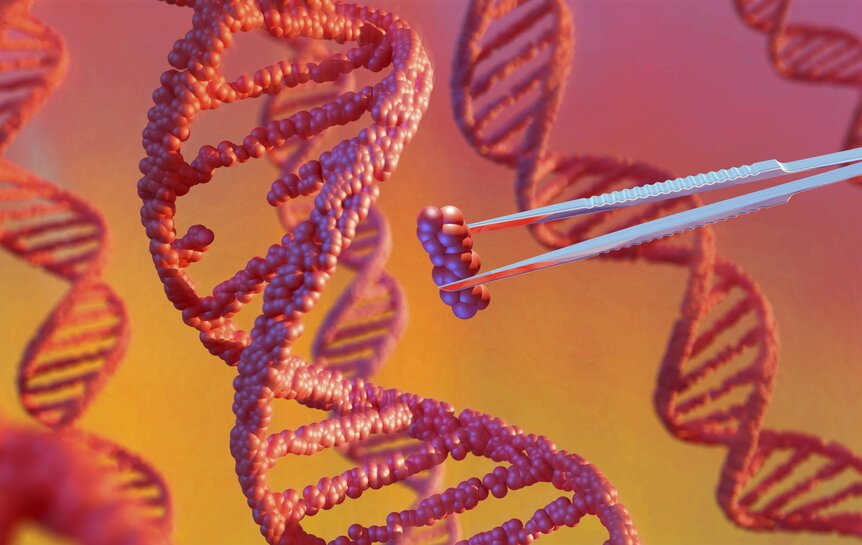Create a free profile to get unlimited access to exclusive videos, sweepstakes, and more!
Trouble sleeping? Gene editing could bring an end to insomnia
Gene editing. Haunted mansions. If you're tired enough, you'll do just about anything.

In the 1999 film The Haunting, a loose adaptation of Shirley Jackson’s The Haunting of Hill House, a group of volunteers arrive at an abandoned mansion, prepared to participate in an insomnia study. What they don’t know is that the doctor who invited them is actually studying their response to fear.
While the events of the film confirm that the house is, in fact, haunted, it’s not all that surprising that a group of sleep deprived individuals might begin to experience strange goings on after a while. Restorative sleep is a critical part of mental and physical health and now we might have a clearer understanding of how the brain regulates whether you wake up well rested or not.
Dr. Radhika Basheer, associate professor in the Department of Psychiatry at Harvard Medical School, and colleagues, studied the GABA receptors in the brain to uncover how they regulate the production of delta waves crucial to a good night’s sleep. Their findings were published in the journal Nature Communications.
“Delta waves are the hallmarks of deep sleep and are important for several functions. For example, Alzheimer’s progression can be influenced by a lack of delta waves in sleep. If sleep lacks these delta waves, then performance and learning and memory is affected,” Basheer told SYFY WIRE.
While GABA receptors are present all over the brain, researchers identified a specific subunit which greatly impacts the production of delta waves and the quality of sleep. In this area of the brain, when neurotransmitters bind to the receptors, the activity of neurons are decreased. When that happens, delta waves are also decreased, resulting in poorer quality sleep.
Using CRISPR Cas9 gene editing techniques, the team disrupted that subunit of receptors and measured the effects on sleep quality in mice.
“First, we measured the sleep-wake EEG in normal animals. Then we injected them with specific guide RNA to ablate the gene using this CRISPR methodology in vivo that allows for disrupting this GABA receptor subunit. After about four weeks, when the disruption was almost complete, we measured the same parameters again. Thus, we were able to compare within the same animal the changes in sleep quality, before and after the disruption,” Basheer said.
After the receptors in the target subunit had been disrupted, scientists measured increased delta wave production of 20% to 25%. Importantly, they didn’t observe any negative side effects in terms of general physiology or behavior.
It’s unlikely that this sort of operative gene editing will ultimately occur in human patients, but it is giving scientists a roadmap for identifying the molecular targets at play and helping to develop new therapies which target the same mechanisms in the brain.
“This is a way to get started. Now we need to find a pharmaceutical agent that can target this receptor subunit and do the same thing that deleting or ablating the subunit is doing. In other words, block the receptor action. If we see the same results, it can be tested further and eventually go to clinical trials,” Basheer said.
That’s the next step, duplicating the results of this study using a pharmacological therapy in place of editing genes in mouse brains. In fact, the team already has an agent they’re looking at and are planning to test it soon. If all goes well, it can move into human clinical trials and potentially offer a new path toward better sleep for the 10% to 15% of people suffering with insomnia.
Honestly, even if a pharmaceutical agent doesn't work, we might sign up to edit the genes in our brains if it comes down to it. That sounds like a better sleep solution than spending a few nights in a mansion haunted by a crazed cotton farmer bent on collecting the souls of children.



























